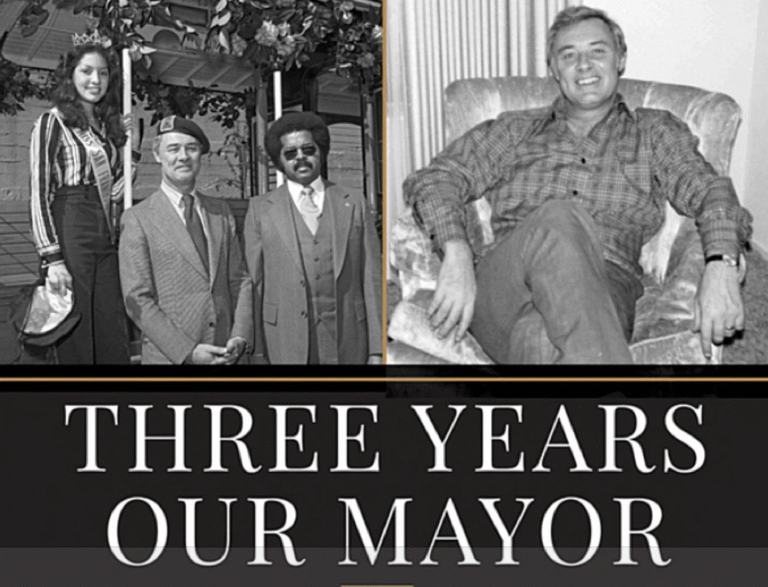George Moscone: A Silent Architect of Modern San Francisco
George Moscone served as San Francisco’s mayor from 1976 until his assassination in 1978. His profound influence on the city often goes unnoticed, overshadowed by the tragic events surrounding his death alongside Harvey Milk. However, Lincoln A. Mitchell’s compelling book, Three Years Our Mayor: George Moscone and the Making of Modern San Francisco History, sheds light on Moscone’s pivotal contributions to the city’s political landscape and community development.
A Unique Perspective on Leadership
The author, Lincoln A. Mitchell, presents a thorough exploration of Moscone’s life and tenure, weaving a narrative that highlights both the historical context and the dynamics of San Francisco politics during the late 20th century. Notably, Moscone’s background growing up in Cow Hollow during the 1920s and 1930s showcases the formative experiences that shaped his leadership style.
Political Dynamics and Electoral Landscape
Mitchell skillfully captures the shifting demographics of San Francisco and their implications for the electoral system. His inclusion of voting pattern maps adds an insightful layer to the understanding of political trends that defined Moscone’s era. However, some critics argue that the emphasis on electoral politics somewhat limits the narrative, as it overlooks the importance of grassroots community organizing.
Community Leaders and Activism
While Mitchell acknowledges the strong community opposition to redevelopment in the Western Addition, he does not sufficiently credit influential figures like Yori Wada. As the director of the Buchanan Street YMCA, Wada played a crucial role in fostering unity between African American and Japanese communities, ultimately leading to the formation of the Western Addition Community Organization (WACO). This organization successfully challenged urban renewal efforts and established new legal precedents.
Key Figures in Moscone’s Administration
The book also overlooks significant contributions from other notable individuals such as Sue Bierman and Richard Sklar, who were integral to Moscone’s administration. Bierman, a community leader from the Freeway Revolt, helped Moscone navigate the evolving political landscape of San Francisco. Her advocacy for affordable housing and community needs played a pivotal role in the mayor’s policies.
Moreover, Richard Sklar, initially brought in to address urgent federal requirements related to sewage infrastructure, showcased progressive governance. He redirected municipal resources towards community-based solutions, diverging from previous administrations that prioritized political fundraising over governance.
Legacy and Impact
Moscone’s approach was distinguished by his prioritization of governance and community needs rather than political maneuvers and fundraising efforts. His administration facilitated the development of thousands of housing units through partnerships with local nonprofits, markedly altering the real estate landscape of San Francisco.
A Vital Contribution to Historical Discourse
Mitchell’s Three Years Our Mayor is an important addition to the discourse surrounding San Francisco’s political history. Through meticulous research and narrative, the book restores George Moscone’s legacy, revealing a leader whose administration was marked by compassion and a commitment to addressing the concerns of ordinary citizens.
Ultimately, Moscone emerges in this narrative not solely as a political figure, but as a compassionate leader dedicated to improving the lives of those he served. As we reflect upon the lessons of his tenure, it becomes clear that his legacy warrants recognition far beyond the tragic circumstances surrounding his death.



